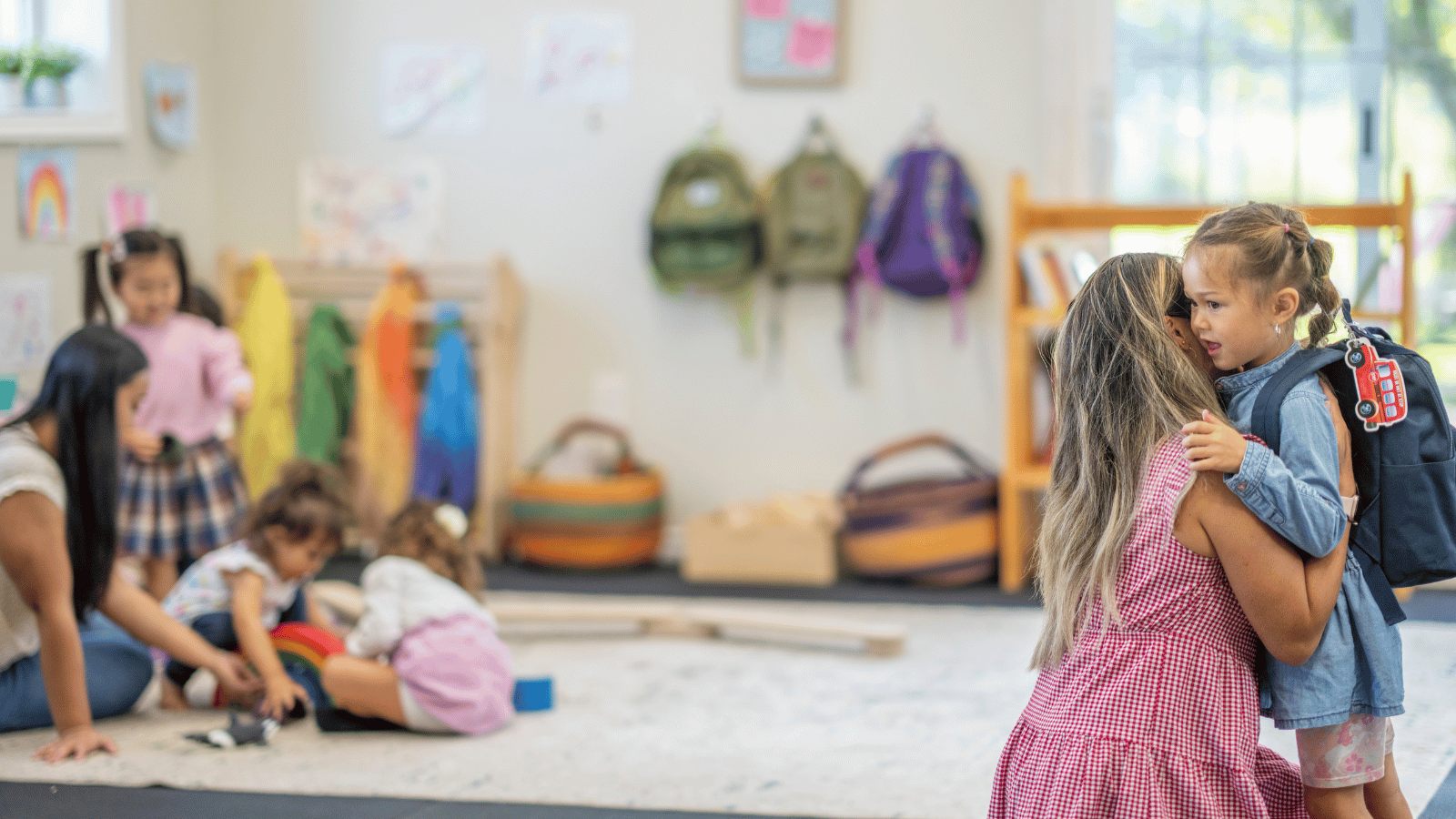

Daycare security is a critical component of your safety plan. You want to ensure the children and staff at your childcare center are safe while easing the minds of families who entrust you with their children daily. It’s important to implement comprehensive security measures to reduce risks and create a process for responding to emergencies. By prioritizing security, you can create a safe and nurturing environment for young children.
Daycare facilities provide an essential service in caring for children, and ensuring their safety is a top priority. You can mitigate risks and provide families with peace of mind by implementing effective security measures. Here are some common security concerns to consider when developing a daycare security plan:
Background checks are crucial to ensuring that the children in your care are safe. While running background checks won’t completely eliminate the possibility of improper care, it can help flag people who have demonstrated unacceptable behavior in the past. Most states require background checks on everyone working with children and even on those residing in the home (for home-based programs). Prior to working with children, all adults working in a childcare facility must pass a comprehensive background check, showing no history of abuse or violence toward children. It should also highlight whether they’re listed on a sex offender registry.
Background checks should be done on:
Background checks should also be done on older teenagers, whether they work at the center or volunteer.
To ensure a safe and secure environment, you want to use a range of security measures. They can include physical security measures like surveillance cameras and procedural measures like emergency preparedness plans.
Security or surveillance cameras are common for daycare security. Placing cameras both inside and outside your facility to monitor and record activities can be a huge deterrent for crime. Having footage is also invaluable evidence in case of an emergency.
With cameras, you can even offer families access to a live stream video of their children’s classroom. This provides peace of mind and can be a selling point when attracting new families.
Controlled access allows you to limit access to the facility and better ensure the safety of the children in your care. Most childcare centers keep their entrances and exits locked with things like electronic door locks and security gates. Digital systems are also available to allow access, including a fingerprint scanner, keycard, or code for staff members and parents.
This also lets you maintain accurate records of people entering and exiting the facility. This can come in handy in the event of an emergency.
If there is an emergency at your center, you must be able to communicate with families and staff members quickly. Your system can include audible alarms, text or email notifications, or mobile apps for real-time updates on emergencies. With an effective system, you can quickly notify staff and families of potential and active threats and coordinate a response to keep children safe. It’s important to regularly test this system and ensure all families and staff are familiar with the emergency procedures.
It’s helpful for staff members to wear a badge identifying them. It should include their name, photograph, and their role at the daycare. A badge helps to identify authorized personnel and prevent unauthorized access to the building. This simple step will make it easier for adults and children to know who the trusted adults in the building are. You want to regularly review staff badges and take proper steps when they’re lost or stolen to prevent them from being used by unauthorized people.
You want children to make it home safely, and proper pick-up and drop-off protocols can help ensure that happens. Your protocols might require parents and guardians to show identification, regularly updating the list of adults authorized to pick up a child, and having a log of each pick up and drop off, including the time.
To take it a step further, you can require the person picking up a child to provide a secure code to confirm their identity. These additional steps can help prevent unauthorized access to children in your care.
Having parents and guardians sign their child in and out daily is the best way to maintain an account of children in your building. You can keep it simple with a paper and pencil system or utilize a computer or even contactless technology on an app.
A tool like brightwheel's attendance tracking feature digitizes the check in and check out process for children and staff, allowing you to easily keep track of children throughout the day. Plus, you can access child attendance sheets, run attendance reports, and integrate the attendance record with your billing system.
A safety checklist can help you keep all important security tasks at the top of your priority list. As you review the list, you can identify potential security gaps and implement effective protocols. Make it part of your daycare’s practice to regularly review and update your checklist to ensure your security measures are effective and up-to-date.
A thorough safety checklist can include things like:
Daycare security is crucial to ensuring the safety and well-being of the children enrolled at your daycare. You must remain vigilant and proactive in identifying potential security concerns and implementing measures to mitigate risks.
A comprehensive approach to security can provide everyone involved with much-needed peace of mind. Regularly review and update your security policies and procedures so they’re effective and up-to-date.